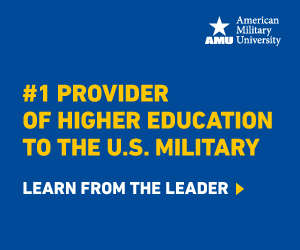Start an Emergency & Disaster Management Degree at American Military University. |
By Allison G. S. Knox
Contributor, EDM Digest
Public health and emergency management disciplines insist that one of the best ways to prevent health and emergency issues is to educate the public. Through education, individuals will better understand important concepts to keep them safe.
When it comes to water safety, unfortunately, many people create serious emergencies for themselves. They don’t understand the dangers of water-related activities.
In fact, few people understand the importance of wearing a Coast Guard-approved life jacket when boating. Also, they do not know simple ways to keep themselves safe when they are swimming.
Rip Tides and Rip Currents Present Serious Hazards for the Public
Many people do not understand the serious nature of rip tides or rip currents. These powerful ocean undertows can be lethal and lead to drownings. Often, people do not have the necessary skills to get themselves out of danger when they encounter a rip tide or rip current at the beach.
From a public policy standpoint, it is increasingly important that public health and emergency management agencies educate the public about water safety issues. That work will help prevent swimming-related emergencies in the ocean and mitigate swimming-related emergencies for lifeguards on the beach.
Hurricane Chris Increased Swimming Emergencies
Recently, while Hurricane Chris was churning out in the middle of the Atlantic Ocean, it was creating strong currents at beaches along the eastern shore of the United States.
In just two days, lifeguards rescued 260 people. That many rescues certainly puts tremendous pressure on lifeguard teams. Unfortunately, beachgoers didn’t understand how that type of storm can powerfully affect water currents and make casual ocean swimming more dangerous.
In Georgia, a teenager was swept out to sea by a rip current. He was lucky not to have been drowned, but it took him 10 hours to make it back to the shore.
Public Education Is Not Enough; Policy Changes and Organizational Support Are Also Needed
While educating the public about the hazards of rip currents and rip tides will certainly mitigate these emergencies, public policy changes and the support of local government and other organizations will also be helpful. Recently, the United States Lifesaving Association (USLA) created National Beach Safety Week, designed to help individuals learn more about beach safety. This kind of support is crucial to help mitigate water-related emergencies at the beach.
Ultimately, public policy is tied to communities, policies and the enforcement of policies. With public changes and more public education, individuals will understand how to avert water-related emergencies and return home with happy memories of their beach vacation.
Photo credit: GJ Cosker

Comments are closed.